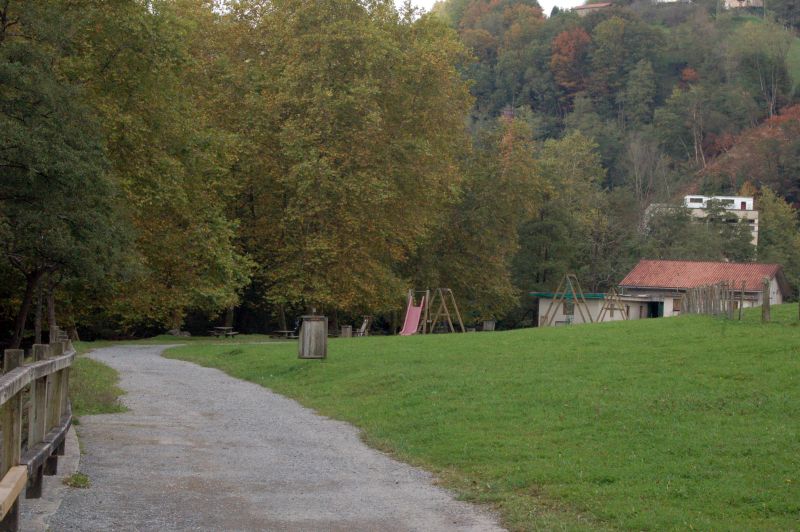
Puntos de Interés

Vegetation
The Guelguén Special Nature Reserve

The Guelguén Special Nature Reserve is a protected area of 1,074 hectares, which is part of the Natura 2000 Network.
It extends along the coast between Punta de la Gaviota, in Barlovento, and Punta de la Maderas, in Garafía. The Guelguén Reserve is made up of the island's northern ravines and cliffs. These were formed around 1.7 million years ago, from the volcanic eruptions of the primitive and gigantic volcano that gave rise to the island and which is now known as the volcanic formation of Taburiente. One of the oldest places on La Palma.
The configuration of the reserve, between the coastline and the steep inland ravines, which start on the northern slopes of the Cadera de Taburiente, generates marked differences in altitude, ranging from 1,000 m, at points such as Barranco de Fagundo, to sea level in others. This allows the development of different ecosystems such as coastal scrubland, where spurge and Hercules club grow, or emblematic species of the island such as the northern tajinaste (Echium bethencourtii). Scrub and grassland can also be found in the highlands, areas where there is potential for agricultural development, with cereal crops and vines the most important. The tagasaste (Chamaecytisus palmensis) has also found a suitable home here.
In the intermediate zones (between 300 and 1,000 m) there are two ecosystems: the Monteverde, in shady areas such as Barranco de Los Hombres; and the thermophilic forest, in sunny areas. The so-called Monteverde ecosystem has high humidity and rainfall conditions, so these areas are favourable for Canarian laurel forest formations with specimens such as: parrots (Laurus azorica), firetree (Myrica faya) and heather (Erica arborea). Here, it’s easy to spot finches (Fringilla coelebs palmae), blue tits (Parus caeruoleus palmae), Bolle's pigeons (Columba bollii) and laurel pigeons (Columba junoniae). Thermophilic forest, meanwhile, is similar to scrubland with Canary Island lavender (Lavandula canariensis) and higuerilla (Euphorbia lamarckii Wildpretii). As for the birdlife, it is common to spot the Sardinian warbler (Sylvia melanocephala) or the canary(Serinus canaria).
As well as its environmental value, the reserve boasts great landscape, cultural and archaeological heritage, with unique crops adapted to the verticality of the ravine slopes and shelters or sheltered caves, where the Benahorites left their mark in small rock engravings.


